

William Stopford
Every car discontinued in Australia in 2025
23 Hours Ago
The first Subaru BRZ was fun but flawed. The second-generation car builds on what made its predecessor great, but smooths out some of the rough edges.
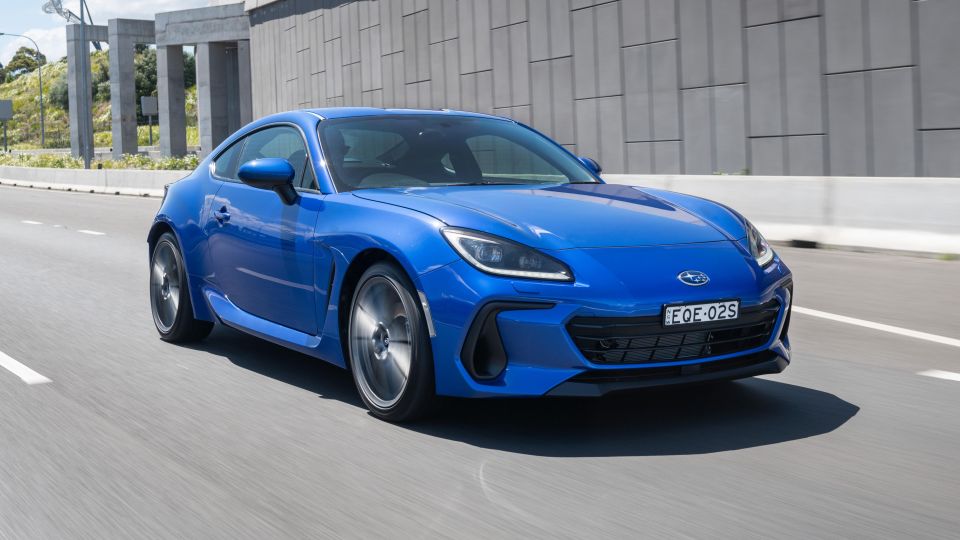
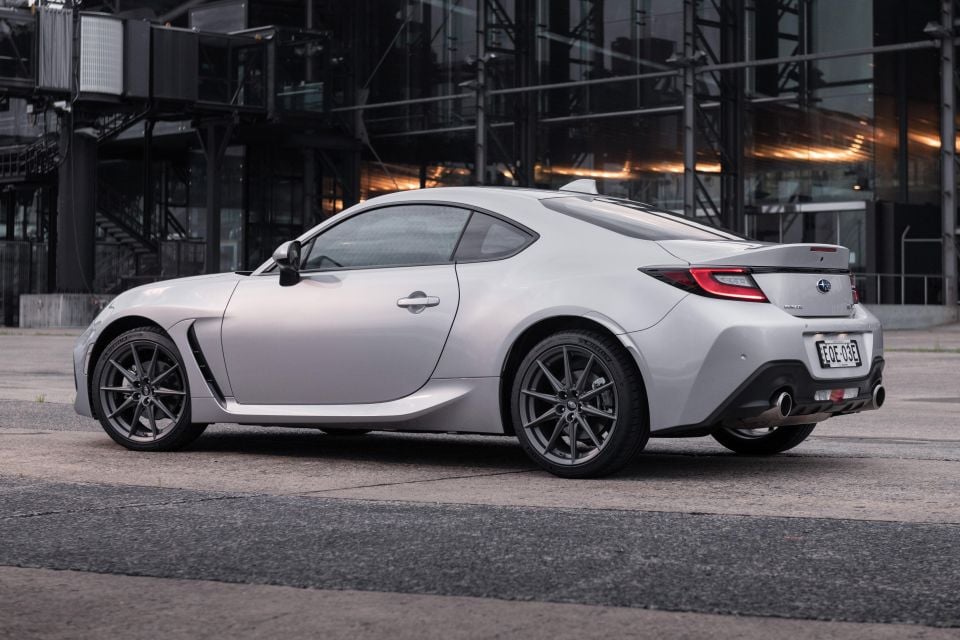

Quickly see how this car stacks up against its competition. Select any benchmark to see more details.
Where expert car reviews meet expert car buying – CarExpert gives you trusted advice, personalised service and real savings on your next new car.
Affordable rear-wheel drive performance lives on.
The first-generation Subaru BRZ and Toyota GT86 set the car enthusiast world alight at launch in 2012, towelling up some seriously expensive metal in magazine and website comparison tests.
Not everyone was a convert to Toyota and Subaru’s unique brand of rear-drive performance. The decision to fit skinny tyres meant the car was happy to slide at legal speeds, but it also meant there was lots of headroom left in the chassis.

Then there was the engine. That it needed to be worked hard for its performance was fine, but the mid-range torque dip and slightly coarse character meant you had to work it hard through gritted teeth.
Enter the 2022 Subaru BRZ. The company says its bigger engine bids farewell to the torque dip, and claims a stiffer chassis makes the handling even sharper than before.
Big claims, right? Don’t worry, Subaru has managed to follow through.
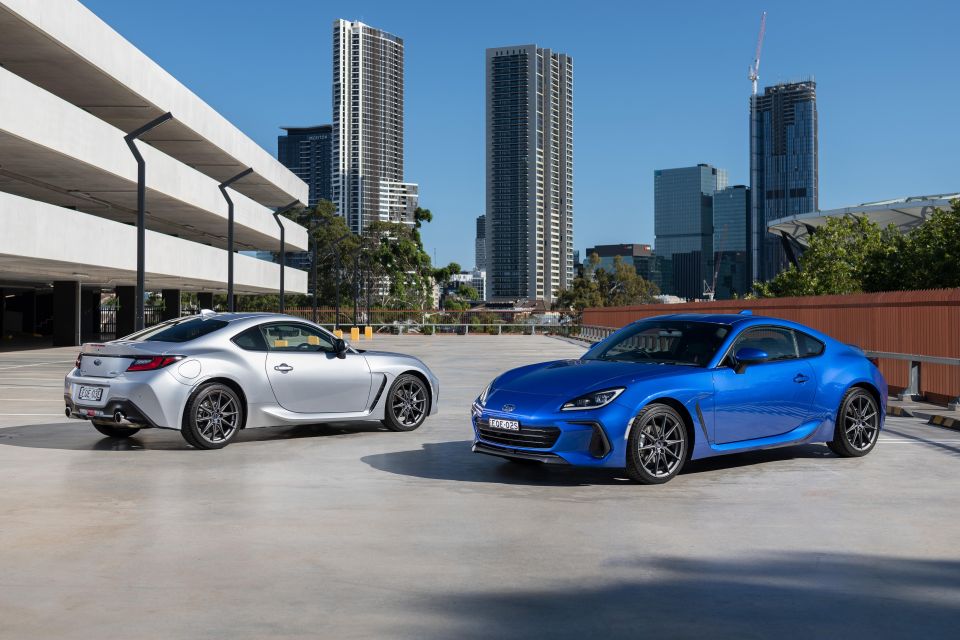
You’ll need to actually get your hands on one first, given the first allocation of 500 cars has already sold out.
At the moment, Subaru plans to reopen the order books towards the end of the first quarter of 2022. It’s not yet clear how many cars will be part of the next shipment, but they’re expected to arrive before the end of June.
The BRZ is short on rivals given its mechanical twin, the Toyota GR 86, won’t be here until later in 2022. The GR 86 hasn’t been priced for Australia, but the first-generation GT86 undercut its Subaru twin on price at launch.
At $40,190 before on-road costs, the BRZ S manual (most popular model in the range) slots between compact hot hatchbacks like the Hyundai i20 N ($32,490) and bigger, more powerful hot hatches like the VW Golf GTI ($53,100).
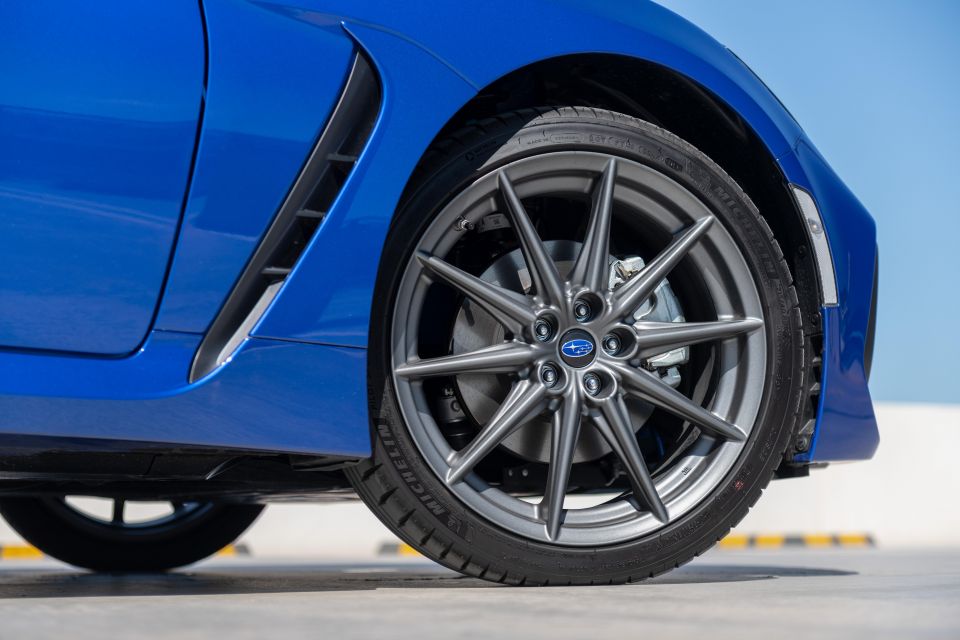
The longer equipment list and more powerful engine mean the car has suffered some price creep, but it’s very minor. At the bottom end of the range, you’ll pay just $470 more for the 2022 BRZ than the outgoing car.
As recently as 2020, however, you were able to get into a BRZ for less than $36,000.
2022 Subaru BRZ pricing:
All prices exclude on-road costs.
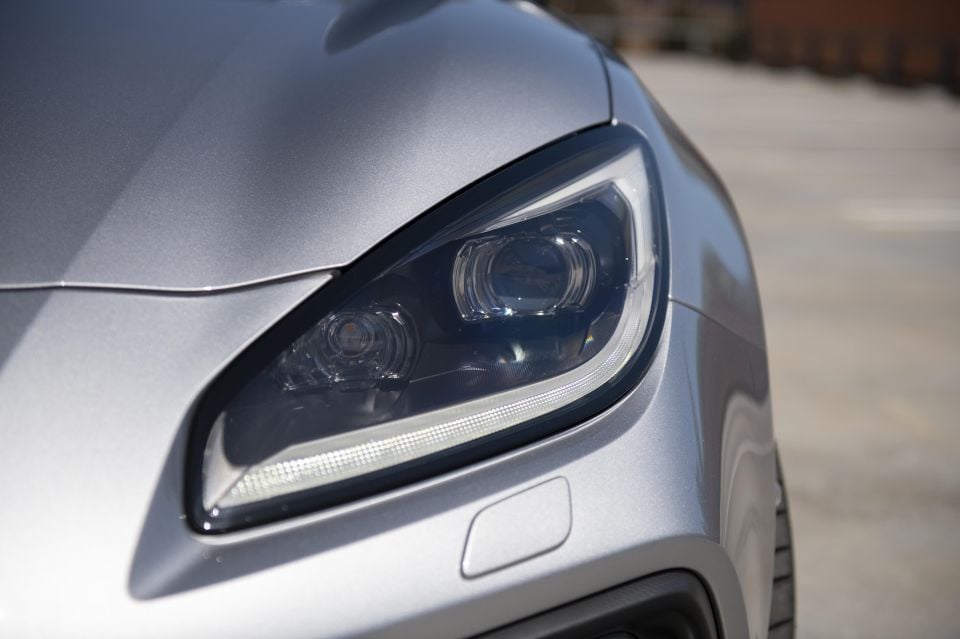
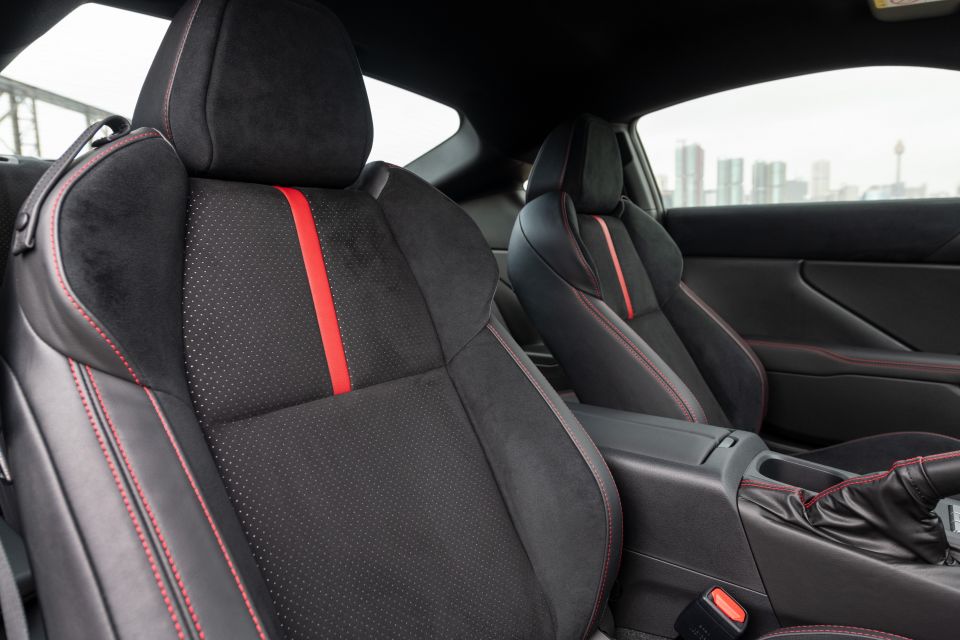
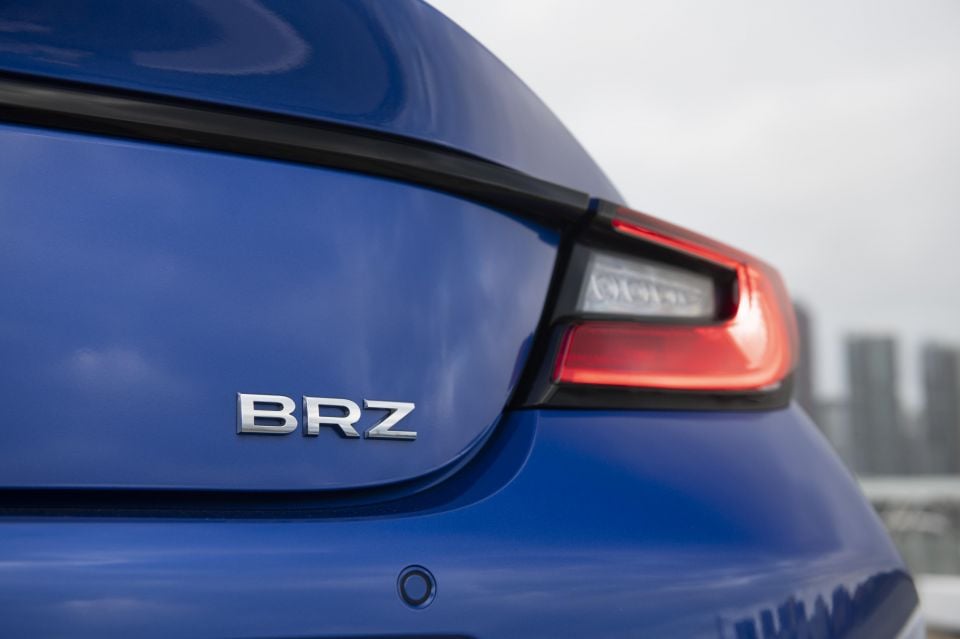
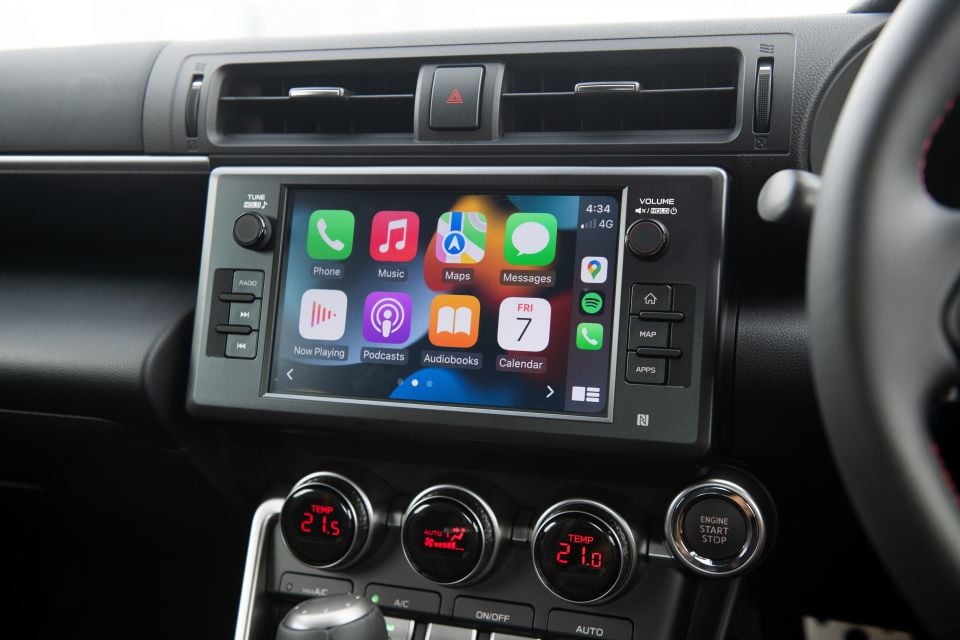
Buy your new car without the stress. It's fast, simple and completely free.

Great service from Travis and team, second time I have used this business would not hesitate to recommend them to anyone
Craig C.
Purchased a Ford Ranger in Sunshine Coast, QLD
CarExpert helped Craig save thousands on his Ford Ranger, now let us save you on your next new car.
Find a dealStandard equipment in the BRZ includes:
Moving to the BRZ S gets you:
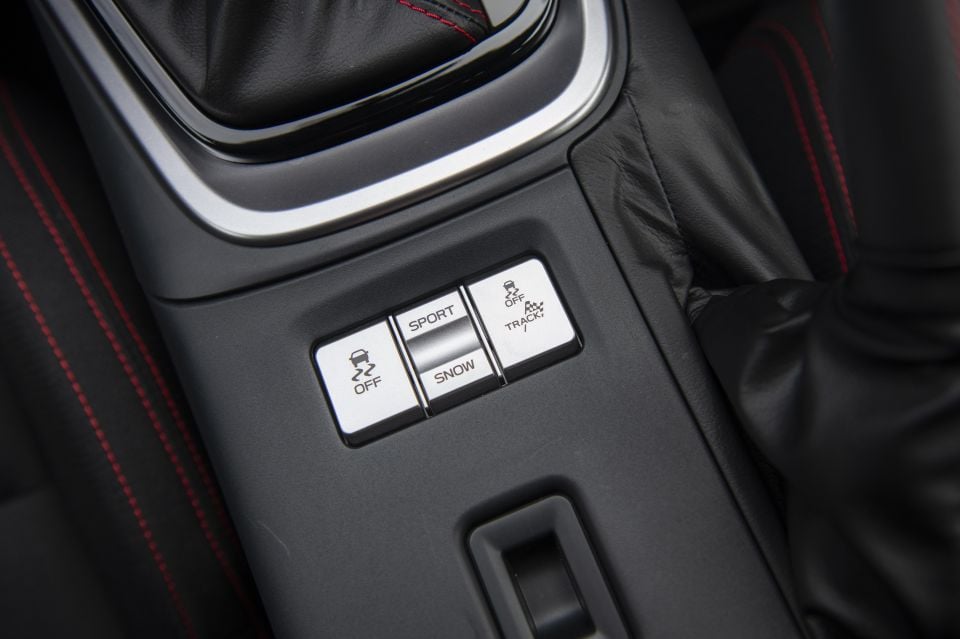
The 2022 BRZ will come standard with the following active safety equipment:
Opting for the automatic gets you Subaru’s EyeSight safety suite, meaning you get:
The Toyota GR 86 and Subaru BRZ haven’t been crash tested by ANCAP or Euro NCAP.
There’s no word on if or when the manual will gain the active safety suite from the automatic, but Subaru Australia says it’s in conversations with the factory about whether it’s possible to introduce at a later date.
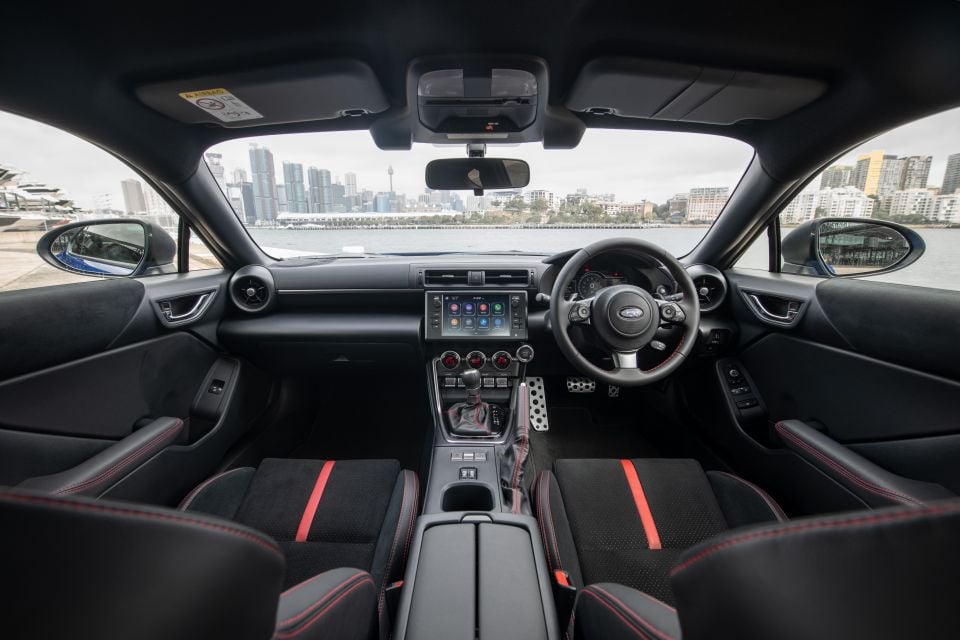
Although it’ll be familiar to first-generation owners from behind the wheel, a few things have changed in the BRZ.
The seats and steering wheel have been lifted from the first-generation car, and the dashboard architecture is roundly similar. That’s no bad thing.
The seats offer a solid blend of bolstering and long-distance comfort, and Subaru says they’re now set slightly lower in the cabin to free up a bit more room for tall drivers. It sounds small, but the redesigned door trims have freed up more knee room behind the wheel if you’re leggy.

At six-seven, it’s still tight up front but it’s liveable. New for 2022 is the folding central armrest, which saves owners from resorting to aftermarket solutions as was previously the case. We didn’t spend long enough in the car for it to prove its worth but, having done a few road trips in the first-generation car, there’s no doubt it’s a welcome inclusion.
New for 2022 is the digital instrument binnacle, which is Subaru’s first in Australia. It’s simple but effective, with speed and revs prominently in the centre flanked by the car’s vital signs on the right-hand side, and a customisable trip computer on the left.
Also new is the 8.0-inch infotainment system given pride of place in the middle of the dashboard. It looks like a cut-down version of the all-singing, all-dancing system in the Outback and Forester, but based on a brief poke around it seems every bit as quick as you’d expect of a new car in 2022.
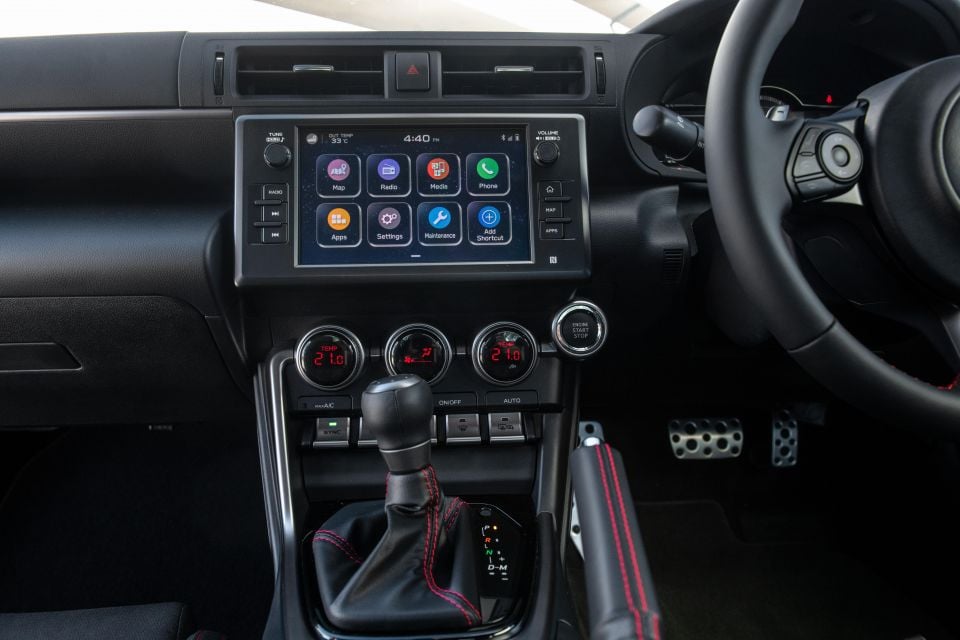
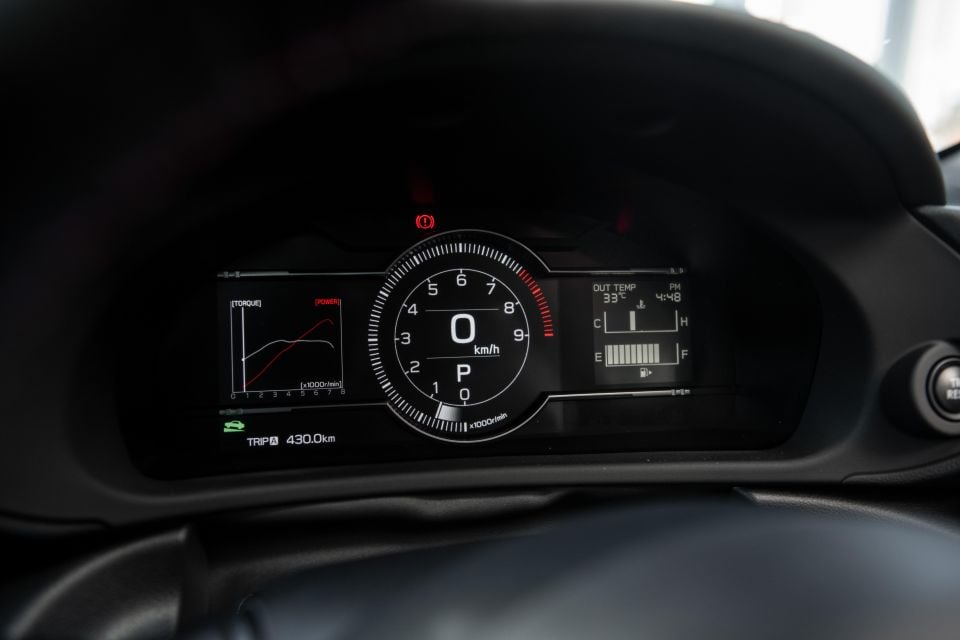
The inclusion of a clear reversing camera is a win, while the USB ports are now hidden away beneath the armrest so cables don’t get tangled up in the gearstick when you’re in a hurry.
There’s no doubt the cabin has still been built to a price. There are plenty of cheap or hard plastics, and it looks a bit old-hat compared to a Hyundai i20 N or Ford Fiesta ST, but all the main touch points are high-quality.
The steering wheel, gear knob, and handbrake lever are trimmed in leather, and the armrests are soft and squishy. The simple climate control binnacle looks and feels more upmarket than the setup in the first-generation car as well.
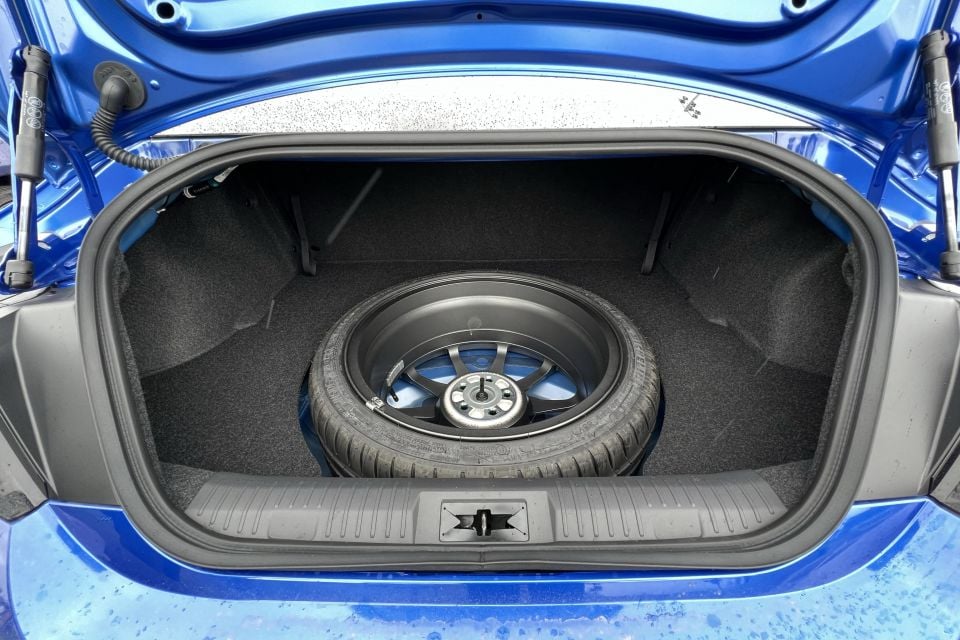
If you’re keen to carry four people regularly, this isn’t the car for you. The rear seats are fine for bags, but they’re only really designed to carry humans in an emergency with negligible headroom and legroom.
The good news is they still fold flat, which makes the BRZ far more practical than you might expect.
Boot space is a claimed 201 litres with the rear seats in place but, as the image above shows, the standard spare wheel has a noticeable impact on how usable that space is. We’d be turfing it and buying a flat boot mat to free up a bit more space.
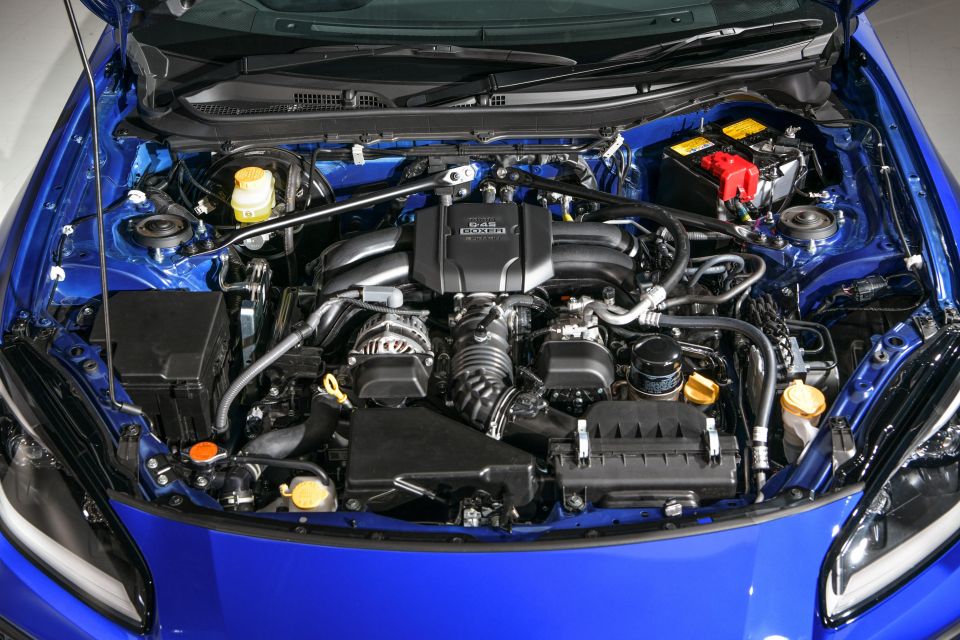
Power in the Subaru BRZ comes from a 2.4-litre naturally-aspirated four-cylinder boxer engine. Although it’s related to the engine in the seven-seat Ascent sold in the USA, it ditches the turbocharger and picks up the Toyota-developed D4-S port- and direct-injection system debuted in the first-generation model.
Peak power is 174kW (at 7000rpm) and peak torque is 249Nm (at 3700rpm), up 22kW and 37Nm on the old car respectively.
Buyers are able to choose between a six-speed manual or six-speed torque converter automatic. The manual has revised gear ratios, the automatic has been updated to shift faster.
The BRZ has a 50-litre fuel tank, and drinks 98 RON premium unleaded. Claimed fuel economy is 9.5 litres per 100km in the manual, and 8.8 litres per 100km in the automatic.
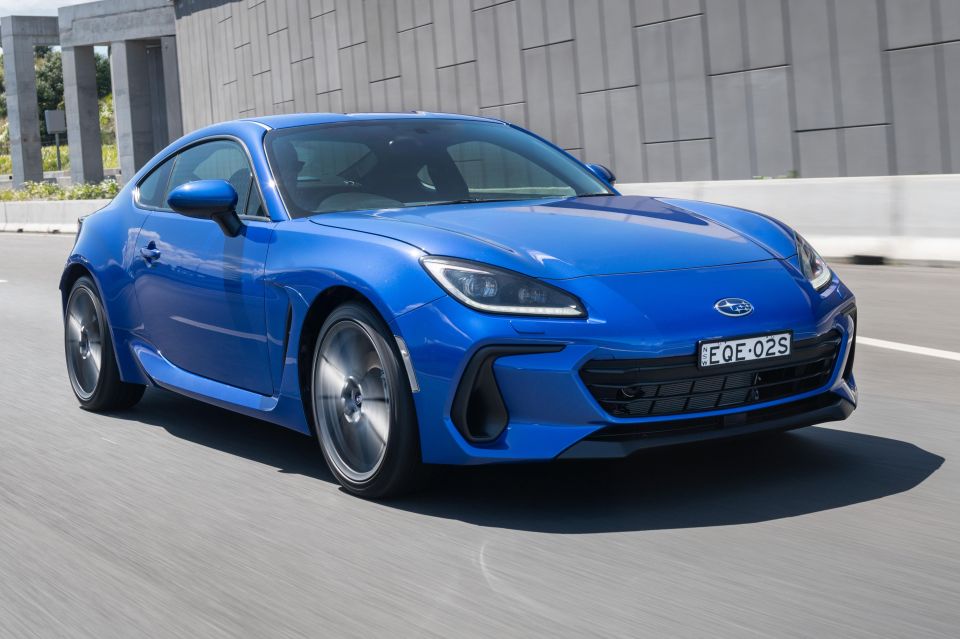
Subaru was so confident about the new BRZ, it brought a first-generation car along to Sydney Motorsport Park for back-to-back comparisons. On a wet track, the difference between the two is stark.
The new car just walks away from its predecessor on a wet track. It’s faster in a straight line, inspires more confidence at the front end, and allows you to feed in the power without the rear end instantly trying to step out. The old car feels nervous and snappy – you’re constantly chasing it.
Even with a judicious right foot and healthy respect for the conditions, it’s hard work. Fun, but hard work.
The new car is still fun, but it’s less of handful on the track. For starters, the second we pull out of pit lane it’s clear the engine actually has some torque. It pulls more happily from the bottom of second or third gear out of corners, and doesn’t fall off a cliff through the mid-range.
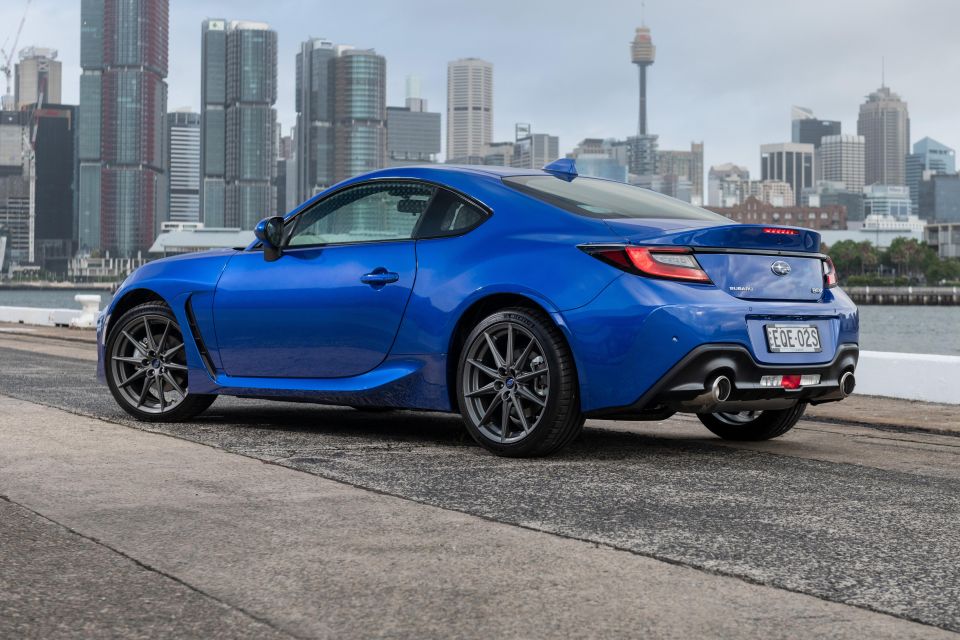
No, there’s still not turbo levels of shove when you’re in a real hurry, but that hasn’t ever really been the point. The new BRZ still needs to be worked, but you don’t have to work it through gritted teeth anymore.
Traction is much better in the new car, too. Part of that is undoubtedly down to the Michelin Pilot Sport 4 tyres, but Subaru points to new suspension geometry, a lower centre of gravity, and a stiffer structure as contributors.
Coming out of second-gear corners you’re able to more confidently squeeze the throttle, and rather than snapping it hooks up. It’s still overtly rear-wheel drive, but it better communicates what’s happening back there through the seat base, and the transition from grip to slip happens gradually.
The traction control kicks in quickly in normal mode, but flicking to Track allows a bit more freedom on the skid pan without leaving you completely on your own. You’re also able to turn everything off, of course.
For all that’s changed, there are some parts of the experience that are instantly familiar. Subaru says the synchros on the manual transmission have been tweaked to make the second-to-third shift quicker and smoother, but the gearbox feels fundamentally the same as before.

Where expert car reviews meet expert car buying – CarExpert gives you trusted advice, personalised service and real savings on your next new car.
The clutch is reasonably light and intuitive, and the shift has the same short and slightly notchy action as before. The pedals are well spaced for rev-matching; a necessity given there’s no active rev-matching technology to help you out.
Subaru also says the six-speed automatic has been tweaked to deliver faster shifts, but it still isn’t close to dual-clutch quick on the move. It hangs onto gears relatively intelligently in Sport mode and, based on our launch drive seemed faithful to inputs from the paddles, but keen drivers will want the three-pedal car.
We’ll need more time behind the wheel to fully get to know the car on-road, but on first impression the strengths of the first-generation car remain. Some of its rough edges have been polished, though.
The wheels have grown an inch (they’re 18s) but the ride isn’t jarring on Eastern Creek’s backroads, and it seems some progress has been made on the refinement front. There’s fewer vibrations from the boxer engine in the cabin, and road noise – although still noticeable – feels better suppressed. Some of the harsher noises from the driveline have been tuned out, too.
Blind-spot monitoring is a handy addition to the manual, but you’ll still need to option the automatic for a full active safety suite. Depending on your perspective, that’ll be either a disappointing omission in 2022, or a blessed relief from the slow creep of autonomy into our lives.
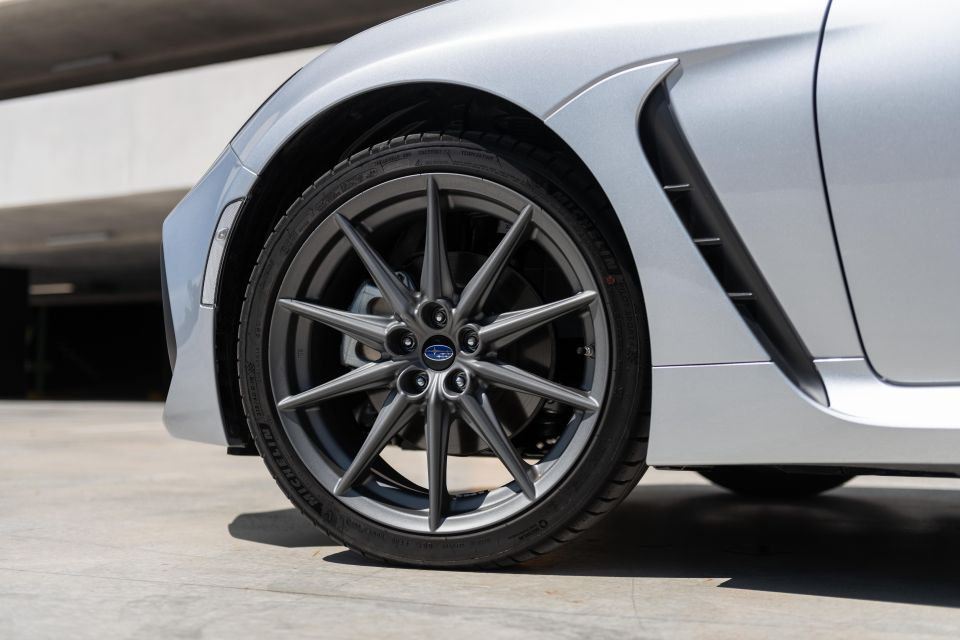
The BRZ is backed by a five-year, unlimited-kilometre warranty like the wider Subaru range.
Maintenance is required every 15,000km or 12 months, and Subaru caps the price of the first five services. In the manual, they’ll set you back a combined $2390.
The automatic is more expensive, with a combined cost of $2474.25 over five years.
Toyota hasn’t announced service pricing for the related GR 86, but the first-generation 86 cost less than $200 at each of its first four visits to the dealer. It’ll be interesting to see how Subaru and Toyota’s service prices compare.
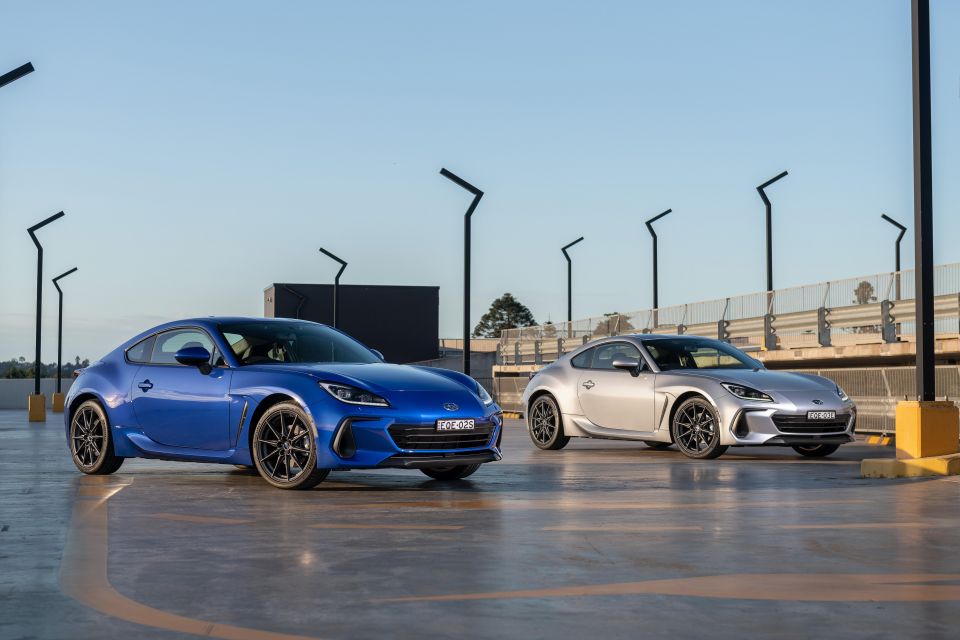
Based on our launch drive, Subaru has absolutely nailed the second-generation BRZ.
With more torque, an evolved chassis, and a full safety suite in the automatic, it fixes most of the flaws with the first-generation car without undermining what made the car’s name in the first place.
There are more practical sports cars, there are cheaper sports cars, and there are faster sports cars out there, but there are very few sports cars so focused on making the driver feel good.
If you can get your hands on one, the BRZ won’t disappoint.

Click the images for the full gallery
MORE: Everything Subaru BRZ
Where expert car reviews meet expert car buying – CarExpert gives you trusted advice, personalised service and real savings on your next new car.
Scott Collie is an automotive journalist based in Melbourne, Australia. Scott studied journalism at RMIT University and, after a lifelong obsession with everything automotive, started covering the car industry shortly afterwards. He has a passion for travel, and is an avid Melbourne Demons supporter.


William Stopford
23 Hours Ago


CarExpert.com.au
4 Days Ago


Derek Fung
8 Days Ago
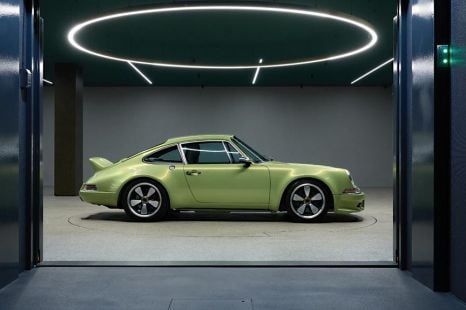

Marton Pettendy
24 Days Ago
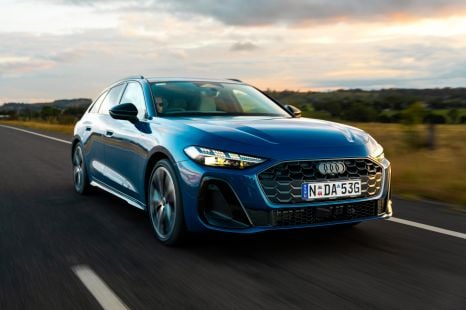

James Wong
1 Month Ago
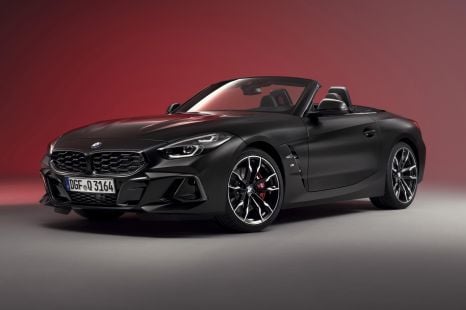

Damion Smy
1 Month Ago